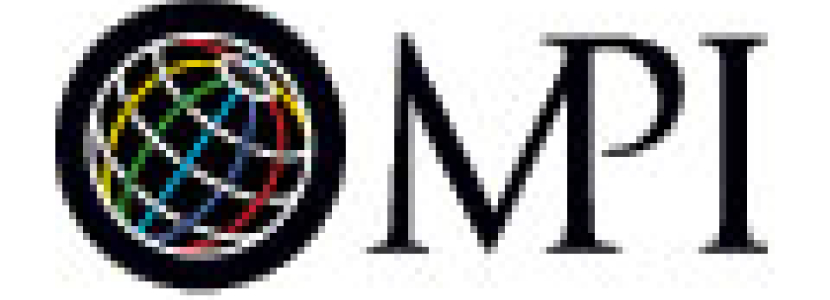
We need to create information like TV producers do.
Flying from Boston to Phoenix on Jetblue last month, I caught a glimpse of what inspires National Geographic and history channel programs these days.
You can tell me that Hannibal marched his army up and over the Pyrenees and Alps to Italy, or you can show me exactly what that entailed by recreating it. I guarantee I’ll come away from the second experience with a lot more information and useful data (if I want to travel with my war elephants over a mountain any time soon).
We need to create information like TV producers do. It doesn’t need to be The Real Event Delegates of Corporation X, but it needs to be close, because that’s how we consume stuff on all these smartphones and tablets we’ve bought.
Infographics
When USA Today launched, critics bashed the paper because the news was so…bite-sized. The long stories ran a few paragraphs. Compared to The New York Times, which used a few hundred words just to announce guest columnists, critics reasoned, USA Today would be yet another nail in the coffin of long-form reading and Moby Dick.
Have you seen next-Gen infographics (http://infographics.alltop.com)? We don’t need that much data, but it’s pretty. Heck, even I have one: www.chrisbrogan.com/gplusinfographic. And whether you see the immediate value or not, you should be creating them as a means to communicate information to your stakeholders.
Video
Shoot, people are watching more content online, and we’re creating more of it. Think about these possibilities.
1. The keynote trailer. Give people more than takeaway bullets.
2. Delegate interviews. Make your event-goers the heroes.
3. Backstory. Collect and show videos you’ve curated on an event topic.
4. Competition. Find the American Idol, X Factor or Top Chef of your industry.
5. Behind the scenes. Show your audience how the sausage is made (maybe literally).
Subject Matter
Them. The answer is always "them." I’m eating room service breakfast and watching the tweet stream for an event I’m about to keynote. The "official" people are tweeting about themselves and this or that great speaker. They should be tweeting to and about their audience. Always.
Sure, tweet the session notes. That’s totally fine. But the rest of the time your buyers should be the subject matter. Think about your favorite TV commercial, which is probably designed to lure your ego. Top Chef helps you feel like you understand fine dining and food creativity. You spend the entire show thinking, "I wonder if I could cut it with all that pressure."
Stories, Not Facts
I could tell you that Kate Winslett carried Sir Richard Branson’s mom from a burning building, while Sir Branson confusedly ran naked into a cactus. And I could say that all this took place on Necker Island at 18 degrees 31’38" N, 64 degrees 21’29" W.
Which statement will you remember?
More than half (61.54%) of statistics are made up, and five out of four people misunderstand those that aren’t.
It’s great to have data, and most events need some, but we remember story. We remember information with some glue to it that keeps us entertained and enlightened.
Find the story and a way to tell it that keeps people informed.
Steve Jobs changed the marketing of MP3 players by telling potential customers how many songs the iPod could hold. Before, companies pelted people with sizes they didn’t understand (how much is a megabyte?). I love asking people how much storage they think a standard DVD or Blu-ray has.
Finish with Action
If you want to entertain and help, finish with action. Give people something to do. Encourage them to take what they learned and act. This is the best of all magic tricks; it converts passive data absorption into action.
It’s not easy. A complex call to action after a 10-minute video likely won’t foster many responses. Ask for commitment before any project of length, even if that commitment is permission to email you a question or two (and not 75) later.
Here’s your homework: Open a blank .doc or find some paper or an index card (that’s what I use) and write down three story ideas for your event and how you can create them.
See what comes of it. You with me? One+




